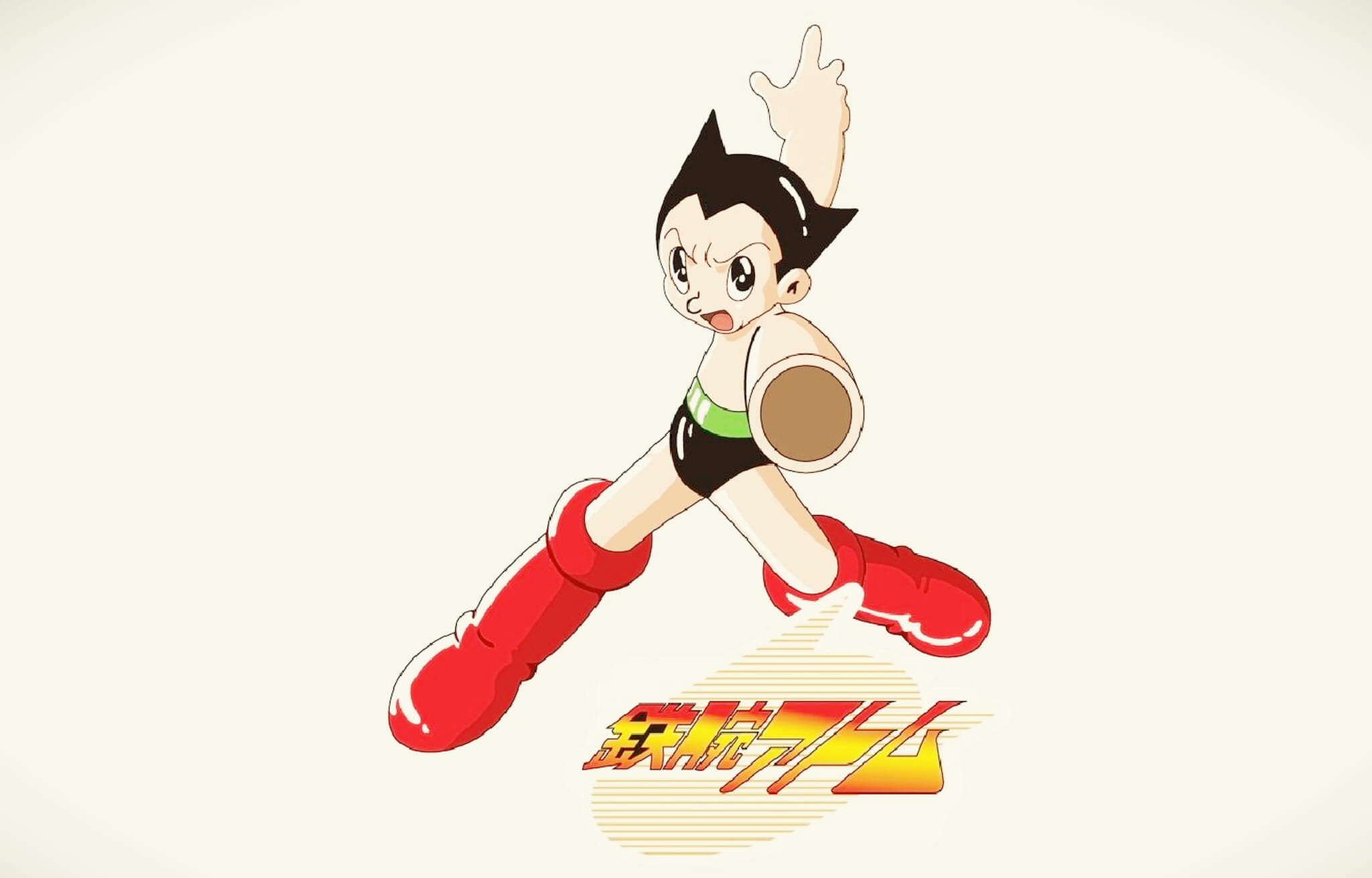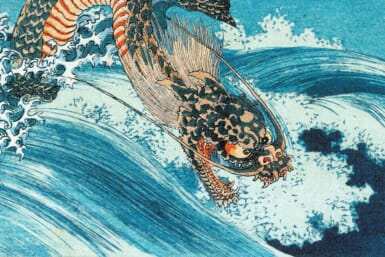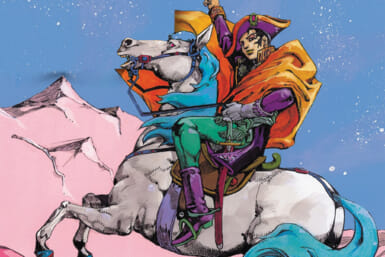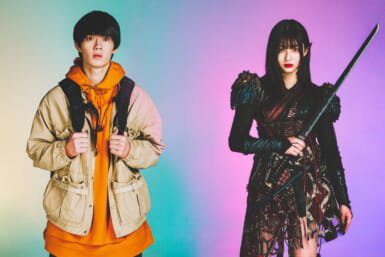What is Astro Boy About?
Astro Boy is one of the most influential Japanese anime of all time, providing the basis for many popular present-day shows. The character first appeared in 1951 in a supporting role in the series Captain Atom, created by “God of Manga” Osamu Tezuka, and released through the monthly magazine Shonen. He reappeared as a main character in Tetsuwan Atomu (literally “Atom Astro”) a year later.
The manga and the subsequent television series are set in the future, in a world where robots are commonplace, and cars can fly. Astro Boy is an advanced robot with nuclear powers, created by a scientist to fill the hole left behind by his deceased son. He has big, expressive eyes, jet-powered red boots and a cute little quiff.
He spends his time fighting villains and trying to use his nuclear powers for good. In some episodes, he comes across aliens. In others, he defeats thieves trying to break into pyramids.
https://www.youtube.com/watch?v=GZqbN_tNAIo&ab_channel=PopcornPlayground
What is the Significance of Astro Boy?
The Astro Boy manga started in 1952, a few years after World War II, as Japan entered its healing phase. Coming out of the devastating conflict, the children of Japan were unsurprisingly in need of some motivation. The setting, with futuristic skyscrapers and flying cars amid a familiar Tokyo backdrop, provided them with something to aspire towards.
The young, bright character of Astro Boy was designed to help inspire the new generation. Its creator Tezuka was greatly affected by the devastating bombings of Hiroshima and Nagasaki. In 1963, Astro Boy was serialized and adapted for television. The same year, it was bought by US network NBC, becoming the first Japanese anime to be broadcast overseas. For many at the time, it was their first encounter with Japanese culture.
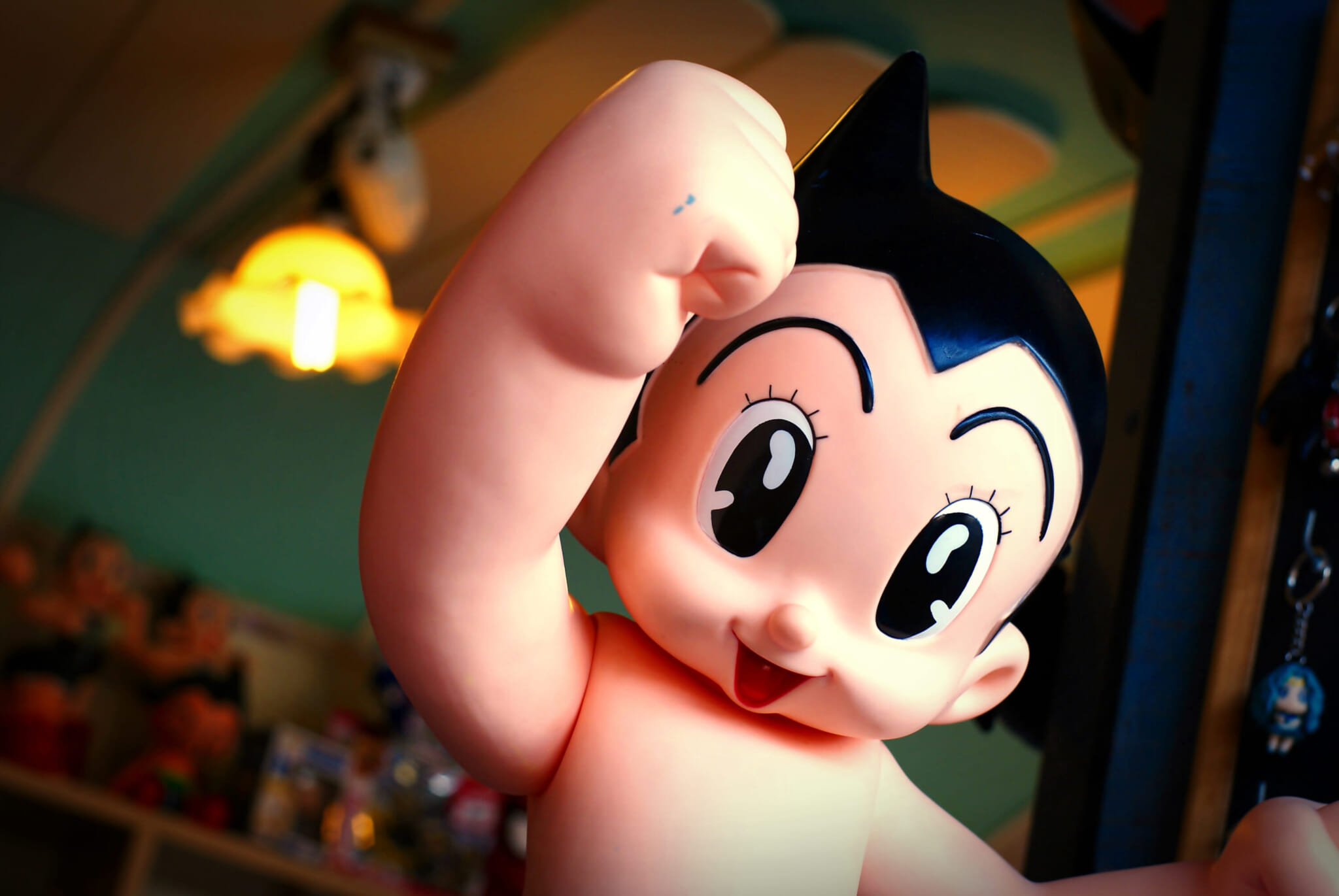
The Influence of Astro Boy on Contemporary Anime
Astro Boy is said to be the first popular anime created based on a manga, providing the foundation for the animation of popular comics. Without Astro Boy and its creator, Japanese manga and anime might not have seen the great success that followed and continues to this day.
With Astro Boy, the idea of a young boy superhero was born. From Tanjiro in the recent Demon Slayer franchise to boy trainer Ash Ketchum (known as Satoshi in Japan) in Pokémon and the titular character from Naruto, all of these youngsters have a big conscience. They attempt to use their powers and abilities for good and often try their best to “do the right thing.”
One defining feature of Astro Boy is his big eyes. Originally, these were designed in order for the character to convey more emotion. The idea was to help make Astro Boy more relatable and hopefully have the audience forget that he is a robot. After Astro Boy, large, expressive eyes became the norm in popular manga and anime series such as Sailor Moon and One Piece.
In the present day, you will be hard-pressed to find a person who has grown up in Japan who is not aware of Astro Boy. The anime theme tune is still commonly used in sporting events and performances.
The Real-World Influence of Astro Boy
At the turn of the 21st century, the Astro Boy character provided the blueprint for one of the most famous humanoid robots. The creator of Asimo, the small, child-shaped robot created by Honda who delighted crowds and met Barack Obama, was reportedly told by its boss, “I want you to make Astro Boy.”
Fast forward to 2023, his bright red boots have been released into the real world by American art collective MSCHF. They were spotted on celebrity after celebrity, even before the launch. A comment by the collective read that they were designed to bring the “cartoon world to the cool 3-D world.” However, MSCHF mentioned a different cartoon inspiration: Dora the Explorer.
This, though, did not stop comparisons to Astro Boy. As the furor continues, the internet remains transfixed by the ‘Astro Boy’ boots. For the first time, cartoon-like objects fit just like cartoons into the real world. They are blurring the lines between what is real and what is on-screen.

